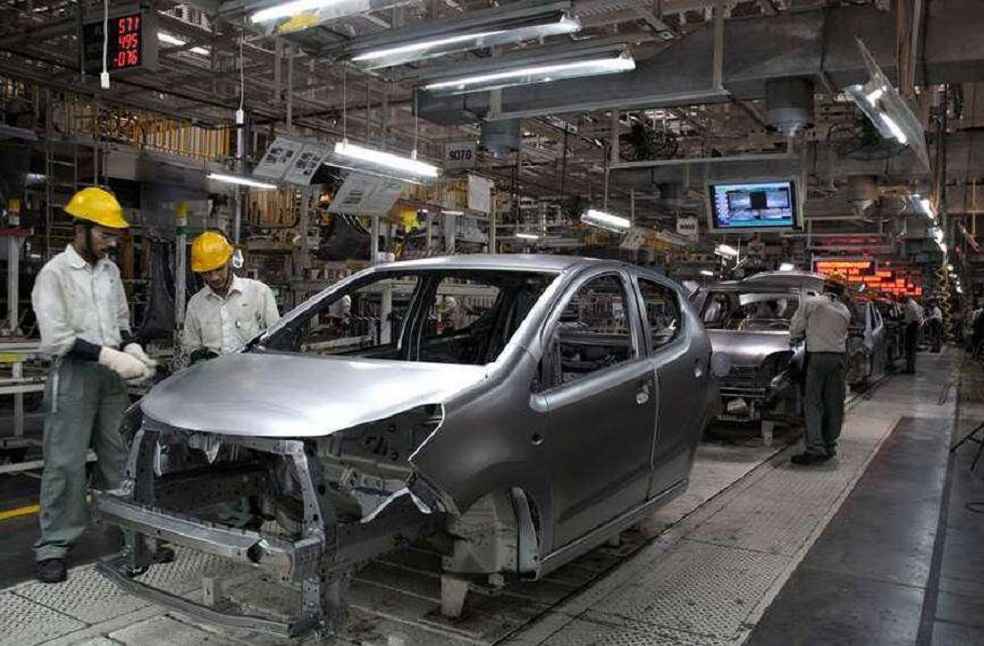India embarks on an ambitious journey to transform its automotive industry, setting a goal of a staggering $600 billion market value by 2035, a significant leap from the current $250 billion. This bold initiative aims to elevate India’s status in the global automotive arena, steering it towards worldwide auto dominance.
Strategic Vision: India as a Global Competitor
A strategic blueprint for this growth involves positioning India as a strong global competitor. A key aspect of this strategy, as highlighted in Arthur D Little’s report, is India’s potential role as a ‘China-plus-one’ alternative. Central to this plan is the focus on manufacturing electric vehicles and spearheading automotive software research and development.
India’s Electric Vehicle Ambitions
Indian automotive companies, including Mahindra & Mahindra, Tata Motors, and Ola Electric, are setting their sights on global recognition. Drawing inspiration from Tesla and BYD, Barnik Maitra from Arthur D Little predicts that by 2035, India will see 2-3 of its firms renowned globally in the electric vehicle sector.

Challenges and Competition for Capital
India’s path to automotive supremacy faces challenges, notably the intense competition for capital, especially from rapidly advancing industries in the Middle East. Maitra highlights the importance of India’s appeal beyond just government incentives, given the limitations of available funds.
India’s Strengths and Global Aspirations
The report emphasizes India’s strong domestic market and advocates for an increased global presence in manufacturing, sourcing, and software development. Indian companies are encouraged to aim for global leadership, especially with the ongoing disruptions in the automotive industry. The focus on manufacturing excellence is vital for India to match the prowess of established automotive hubs such as Japan, Germany, and South Korea.

India’s Strategic March Towards Global Leadership
India’s automotive industry is strategically advancing towards global competitiveness, manufacturing prowess, and technological leadership. With the industry undergoing transformative shifts, India is not just looking to fortify its position but aims to become a dominant force in the global automotive landscape, unlocking a $400 billion opportunity by 2035.
DON’T MISS | Auto Industry’s Net Zero Battle: A Worldwide Dilemma





